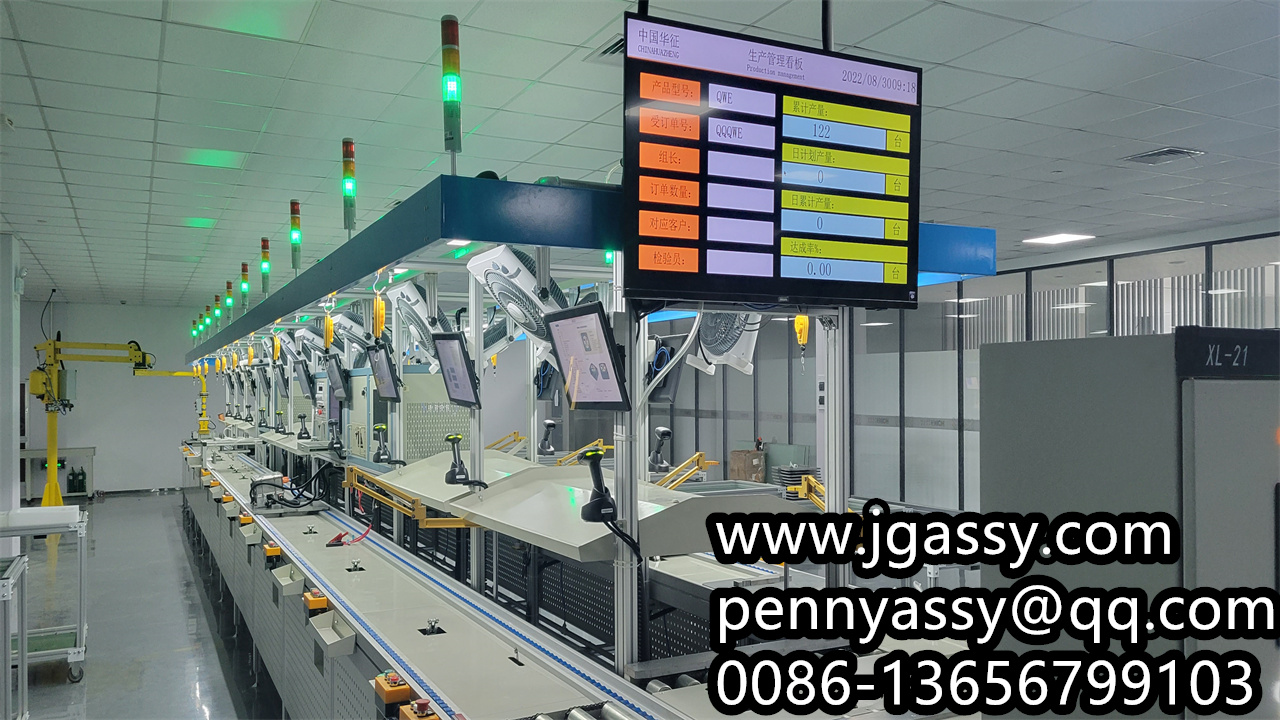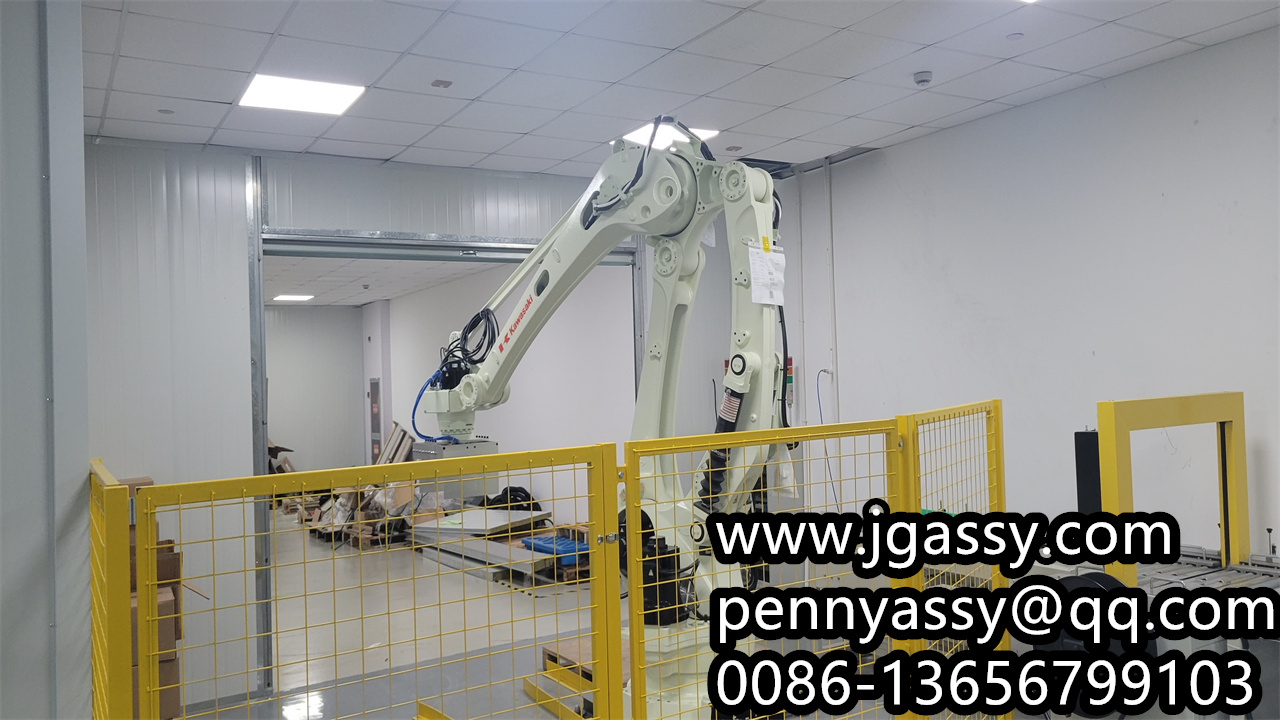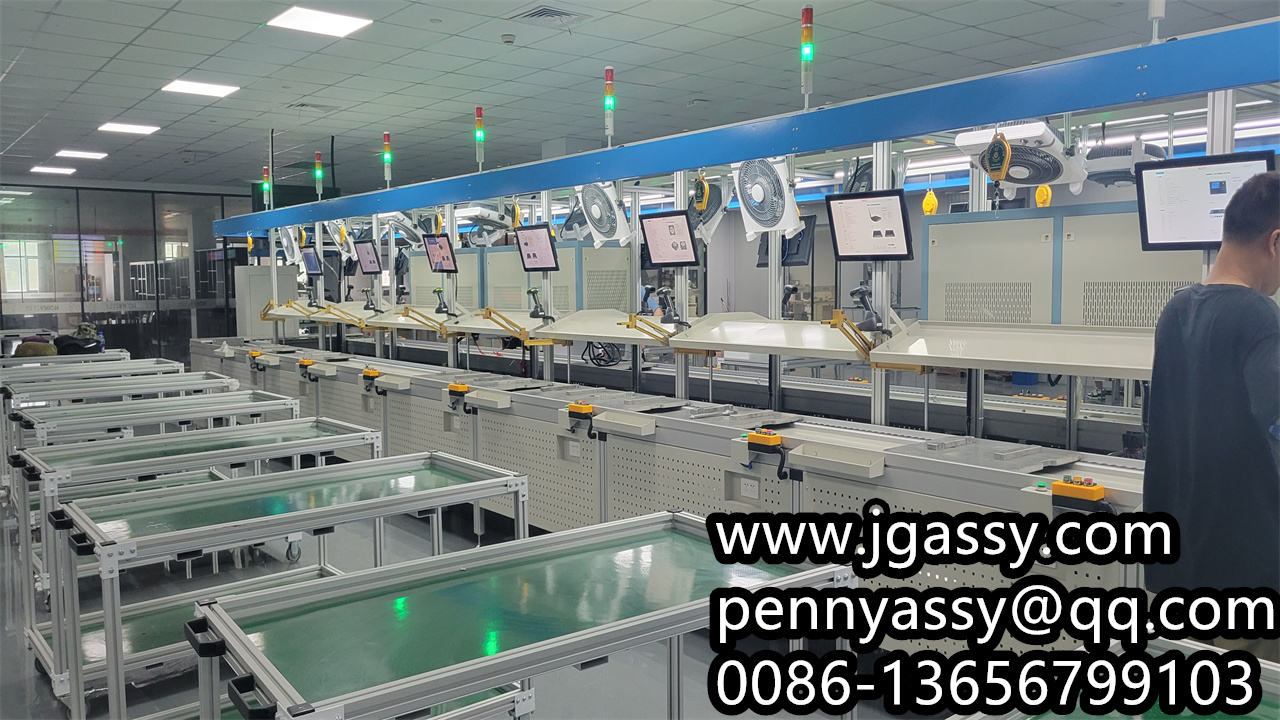Controller Assembly Line
Controller assembly lines are designed for the automated assembly of electronic control units used in various fields such as automotive, industrial equipment, home appliances, and other areas requiring electronic control systems.
Here are some key features of controller assembly lines:
High Precision Positioning: The assembly line utilizes precise mechanical positioning systems to ensure the correct placement of components.

Modular Design: Allows for quick tool and fixture changes to accommodate the assembly needs of different controller models.
Automated Component Placement: Automated equipment is used to place electronic components such as resistors, capacitors, and integrated circuits.
Quality Inspection: The assembly line is equipped with automated inspection equipment for in-line testing to ensure product quality.
Flexible Production Line: Capable of adapting to the production of controllers of different scales and types, with the ability for quick model change.

Integrated Testing: Includes functional and performance testing to ensure that controllers meet all specification requirements before leaving the factory.
Data Tracking: Utilizes barcode or RFID technology for product tracking, enabling traceability throughout the production process.
Environmental Control: Maintains the environmental conditions of the assembly line, such as temperature and humidity.
Safety Protection: The assembly line is designed with operator safety in mind, equipped with necessary safety measures.

Human-Machine Interface: Provides an intuitive operation interface for monitoring and controlling the production process.
These features of controller assembly lines help to improve production efficiency, ensure product quality, reduce production costs, and enhance market competitiveness.
- 2024-12-05
- 2024-12-04
- 2024-12-04
- 2024-12-04
- 2024-12-04
- 2024-12-04
- 2024-12-03
- 2024-12-03
- 2024-12-03
- 2024-12-03
- 2024-12-02
- 2024-12-02



